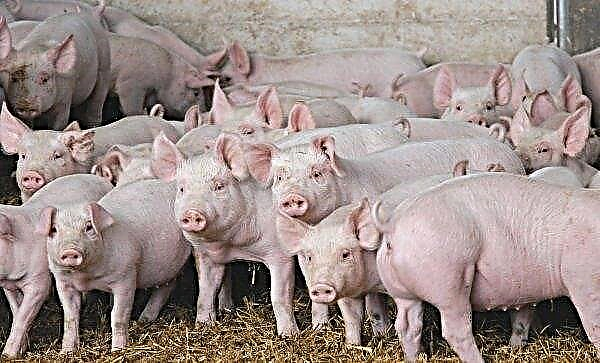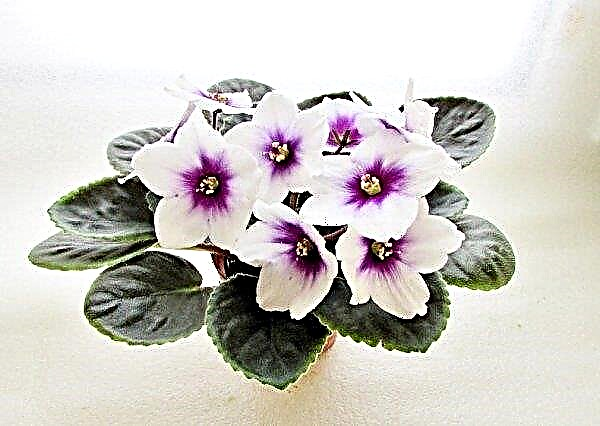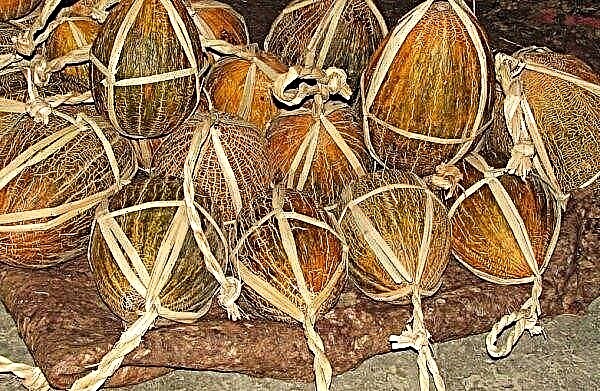At first glance, the standard, frame construction of the hive seems to be the most practical and proven system for years, which does not require any additions or interventions.. However, Russian beekeepers occasionally use other, less common designs of such products, and one of the most striking examples is the Japanese hive, which will be discussed in this article.
Features of the design and technology of Japanese beekeeping
The design of the Japanese hive combines several separate buildings, each 10-30 cm high, but the main difference between such a product is the lack of frames, the role of which are wooden sticks placed crosswise on the cross, fixing the honeycombs in the right position. Sometimes the supporting crosspiece is made of thick wire, although this is not always convenient.
Did you know? The life span of one working bee is no more than 40 days, and during this time it manages to go from a regular cleaner, cleaning cells for eggs laid by the uterus and ending with a honey collector, but at the end of her life.
Advantages
- Despite the apparent simplicity, the Japanese hive has many beneficial advantages, and above all:
- small time costs for manufacturing;
- low consumption of materials;
- lack of further swarming of bees (it is very simple to divide one family into two);
- simplicity of honey selection (upper cases are removed);
- ease of maintenance of the hive itself and the insects living in it.
Disadvantages
The majority of beekeepers associate the drawbacks of the Japanese method of keeping bees with difficulties in raising a family, selecting a lay, replacing the uterus, or routinely checking the quality of the brood for disease. The way out of this situation may be the annual resettlement of bee families, which is not always convenient.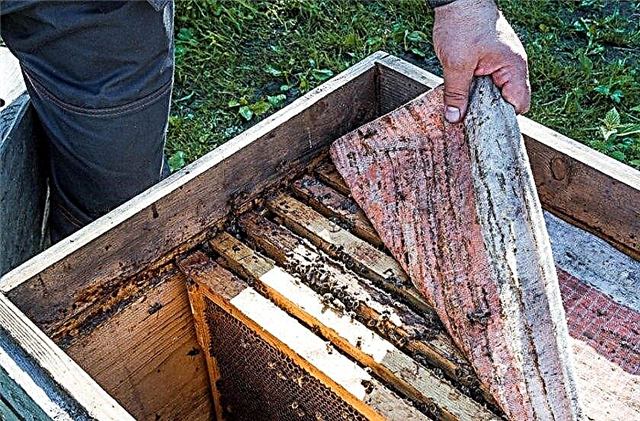
DIY Japanese hive manufacturing technology
Making a Japanese hive does not take much time, and even an inexperienced person can cope with this task. With a minimum of tools and materials, in just a few minutes you can get a very simple but practical “box” that serves as an excellent refuge for bees.
Parts and tools for manufacturing
The main things that you need to work are:
- boards 20 cm high, which can be cut into 4 parts of 30 cm each (the thickness of the material is arbitrary);
- thick wire or wooden slats to create internal crosses;
- screws, ordinary or liquid nails for attaching individual walls of the “box”;
- sandpaper;
- hammer or screwdriver.
Did you know? The oldest image of bees is about 15 thousand years old, at least such a pattern was found on the wall of one of the caves located in the eastern part of Spain.
Drawings and Dimensions
The standard dimensions of the case of the described construction are 30 × 20 cm, but if necessary, you can make your own small adjustments (30 × 30 cm variants are known).
In addition, you can use lower, 15-centimeter boards, which are connected in such a way that the length and width of the walls from the inside is 22 cm. There is only one door in this case and it is located in the lower part of the house, it is unnecessary to make it in each compartment.Hive equipment inside
Inside the manufactured “box” there are cross-shaped lintels, and on top of the hive a wooden grill is installed, consisting of 5-6 30-mm rails, knocked down at a distance of 5-10 mm from each other. The inner cross is created from two of these racks. The harness must be knocked down to the size of the case, and then with the help of nails or screws, attach a shield to it.
Important! To prevent the bees from swarming, some beekeepers suggest making one hole in each individual compartment, plugging them with a wooden cork if needed, only the lower notch is not provided in this case.
The cover is covered with any waterproofing material, and the bottom is made removable, which will further facilitate maintenance of the structure. Instead of painting the finished product, it is worth soaking the wood with a special synthetic substance that prevents the wood from decaying, but does not impede air exchange. Making a cross is allowed from virtually any durable material - wood or wire.
Making a cross is allowed from virtually any durable material - wood or wire.
Rules for keeping bees in Japanese hives
For maximum comfort of the bee family and getting a large amount of honey, you should know about some of the nuances of caring for the hive and its inhabitants. For example, the expansion of the structure is always carried out only from below, and the lower parts are always installed in advance, given the spring-summer increase in the strength of the bee family. This allows you not to interfere with the structure of the brood zone.
For the winter, the hive can be disassembled a little, leaving the number of compartments sufficient for the internal height of the nest to be at least 40 cm. Three compartments with a height of 15 cm each correspond to a narrow high frame, providing the optimal amount of honey for a normal winter for the bee family.
Tips from experienced beekeepers
Beekeeping is not such an easy task as it might seem, so a beginner can not do without the recommendations of experienced beekeepers.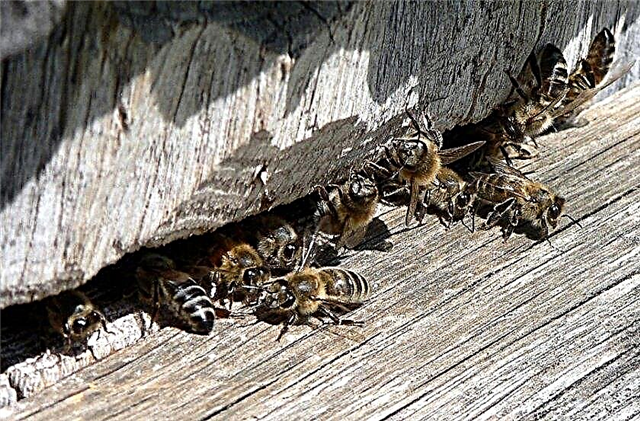 In the case of Japanese hives, it is worth listening to the following tips:
In the case of Japanese hives, it is worth listening to the following tips:
- there should be only one notch located in the lowest compartment;
- if the bees are hot inside, it can be increased or a mesh bottom can be arranged to provide adequate ventilation, but not separate holes in the box;
- cut the bodies when extracting honey, preferably with a long wire, as if cutting through it the entire space between two separate blocks (this allows you to perform the procedure quickly and clearly);
- the height of the case can be made smaller, then before cutting the hive it will be possible to look at least 10 cm to see if the honeycombs are sealed so as not to cut “at random” and damage important cells.
Important! The finished structure should be placed only in places with a large number of melliferous plants, then each family will be able to build up to eight buildings, each 15 cm high.
In fact, the Japanese hive has both its admirers and critics, so it is not surprising that the technology of constructing such hives has not yet found widespread distribution in Russia. However, if you follow the recommendations of already experienced beekeepers, then any failures associated with the operation of such a product can be minimized.

